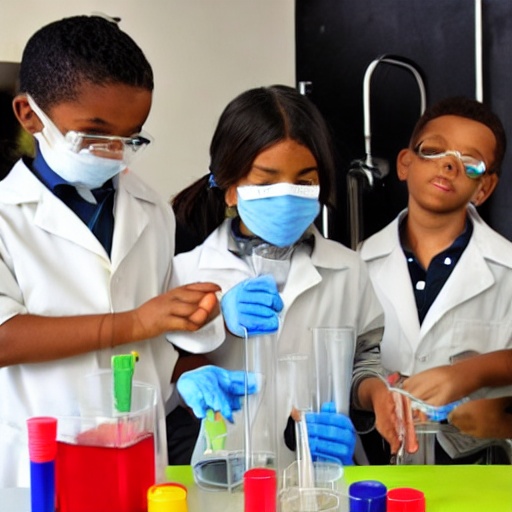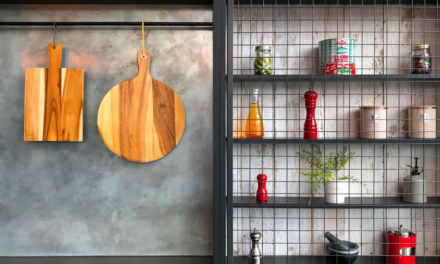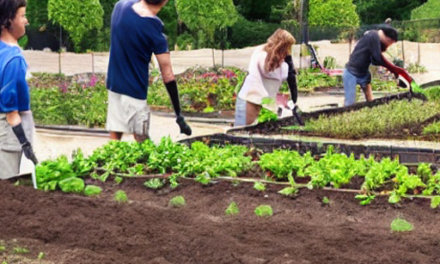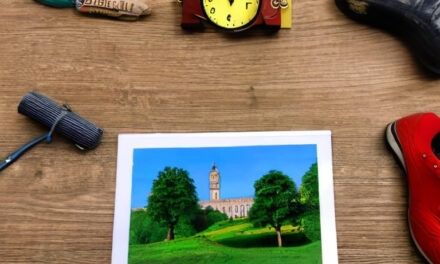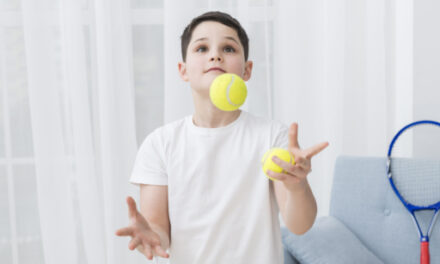Science experiments are a fun and interactive way for kids to learn about the world around them. Not only do they spark curiosity and creativity, but they also help children develop important problem-solving and critical-thinking skills. Here are a few fun science experiments that kids can do in an hour or less.
- The Dancing Raisins Experiment: This experiment is a great way to teach children about density and buoyancy. All you need is a clear glass of water, raisins, and some dish soap. Have your child drop a few raisins into the glass of water and observe what happens. Next, have them add a drop of dish soap to the water and watch as the raisins “dance” to the top of the glass. The dish soap decreases the surface tension of the water, causing the raisins to rise and fall.
- The Lemon Volcano Experiment: This experiment is a great way to teach children about chemical reactions. All you need is a lemon, baking soda, and some vinegar. Have your child cut a lemon in half and scoop out the insides. Next, have them mix baking soda and vinegar together in a small bowl and pour the mixture into the lemon half. Watch as the mixture fizzes and bubbles, simulating a volcano.
- The Magic Milk Experiment: This experiment is a great way to teach children about chemical reactions and surface tension. All you need is a shallow dish, milk, food coloring, and dish soap. Have your child pour some milk into the shallow dish and add a few drops of food coloring. Next, have them drop a small amount of dish soap onto the surface of the milk and watch as the food coloring is pushed around and creates swirling patterns. The dish soap breaks the surface tension of the milk, causing the food coloring to move around.
- The Egg in a Bottle Experiment: This experiment is a great way to teach children about air pressure. All you need is a hard-boiled egg, a glass bottle with a narrow opening, and a piece of paper. Have your child place the egg on top of the bottle opening and light a match underneath the bottle. Quickly place the piece of paper over the opening of the bottle and watch as the egg is sucked inside. This is because the heat from the match causes the air inside the bottle to expand, creating a lower air pressure inside the bottle than outside. As a result, the higher air pressure outside the bottle pushes the egg inside.
- The Water and Oil Experiment: This experiment is a great way to teach children about density. All you need is a clear jar, water, oil, and food coloring. Have your child pour water into the jar and add a few drops of food coloring. Next, have them slowly pour oil on top of the water and observe what happens. The oil will float on top of the water because it is less dense than water.

